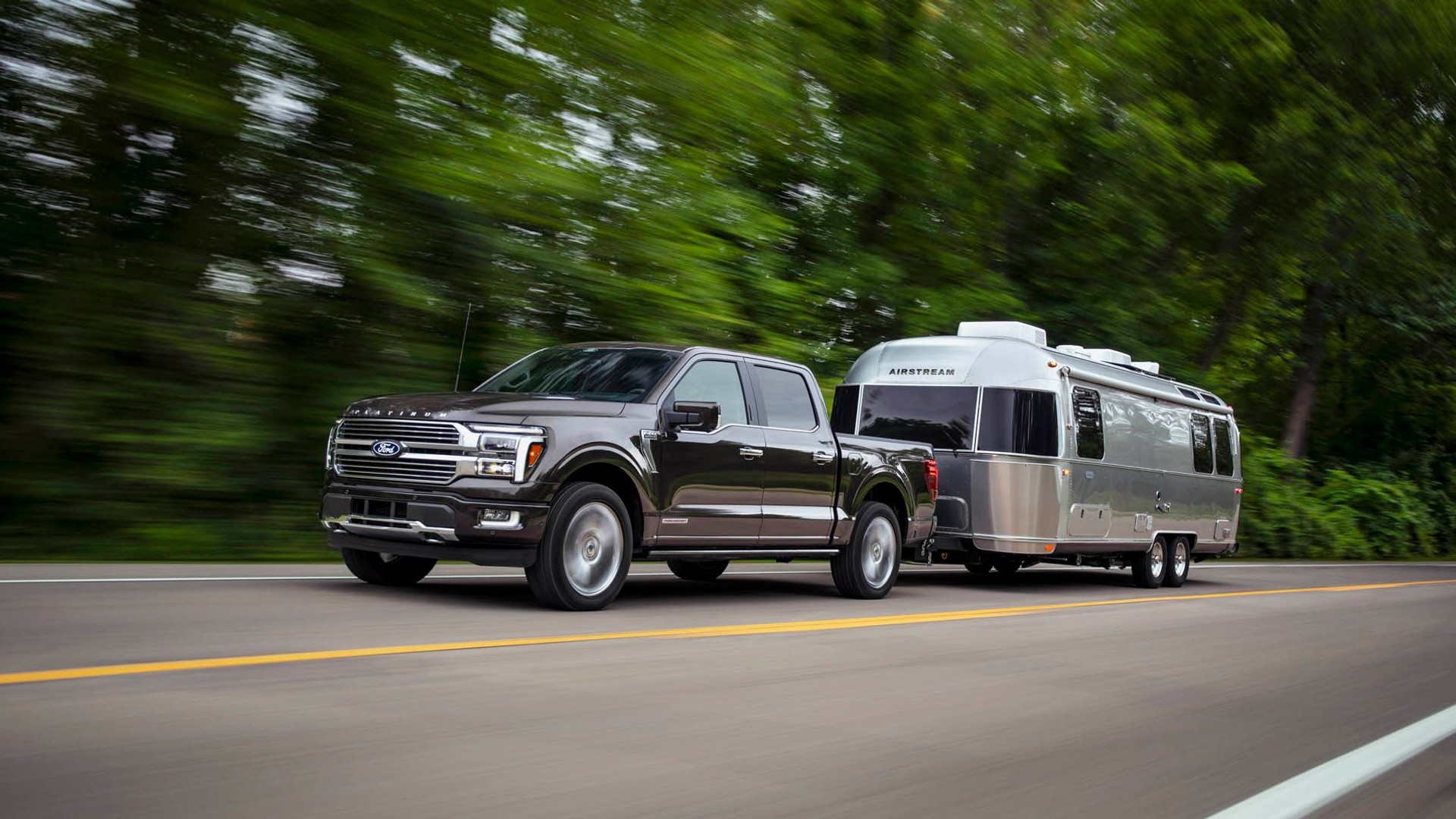Self-driving systems are like teenage drivers: They get better with practice.
Tesla announced in a Tweet on Thursday that its cars logged 1 billion miles driving on Autopilot.
That's a key milestone, since Teslas driving on Autopilot (and driven by humans) send data about what they see on the road back to Tesla, so the company can address problems and make Autopilot a better driver.
CHECK OUT: Teslas to get new self-driving, Autopilot chip in spring 2019
Like a teenage drivers, self-driving systems don't know the best way to react when they encounter a new situation or obstacle the first few times. That's why, for example, Tesla's new navigate-on-Autopilot, has reportedly flubbed trying to pass a slow-moving vehicle too late to smoothly take an upcoming exit—a lot like a teenage driver.
As of today Tesla owners have driven 1 billion (!) miles with Autopilot engaged pic.twitter.com/16jMYrAZ7u
— Tesla (@Tesla) November 28, 2018
Unlike the teenager, the car doesn't learn to correct mistakes on its own. With all self-driving data sent back to Tesla headquarters, Tesla's artificial intelligence software combs through looking for such situations. As the software improves, Tesla periodically pushes out updated software to its cars that then get better driving skills.
READ MORE: Consumer Reports ranks Tesla Autopilot second among self-driving systems
Initially, Google (now Waymo) had a head start, with its cars testing on San Francisco-area roads starting in 2009. With all Tesla drivers using Autopilot serving as inputs, Tesla can rack up learning miles faster than companies reliant on their own test cars logging miles.
Waymo says its cars have now driven 10 million actual miles, and an additional 5 billion "simulated miles" in software testing. Uber's cars had covered 2 million miles before its stopped testing following a fatal crash in Phoenix in March.
DON'T MISS: IIHS: Self-driving systems aren't that, and aren't ready for prime time
It's unclear how effective simulated miles are compared with actual miles driven, but Tesla's 1 billion actual miles on a wide variety of roads is a meaningful achievement.
Miles driven aren't the only meaningful measurement of self-driving systems' capabilities. From a programming standpoint, miles driven by a subset of random drivers on relatively random roads (but likely concentrated in some areas) can cut both ways.
With so many miles under its belt though, we're eager to hear what Autopilot has learned from its newfound driving experience with the next software update.












